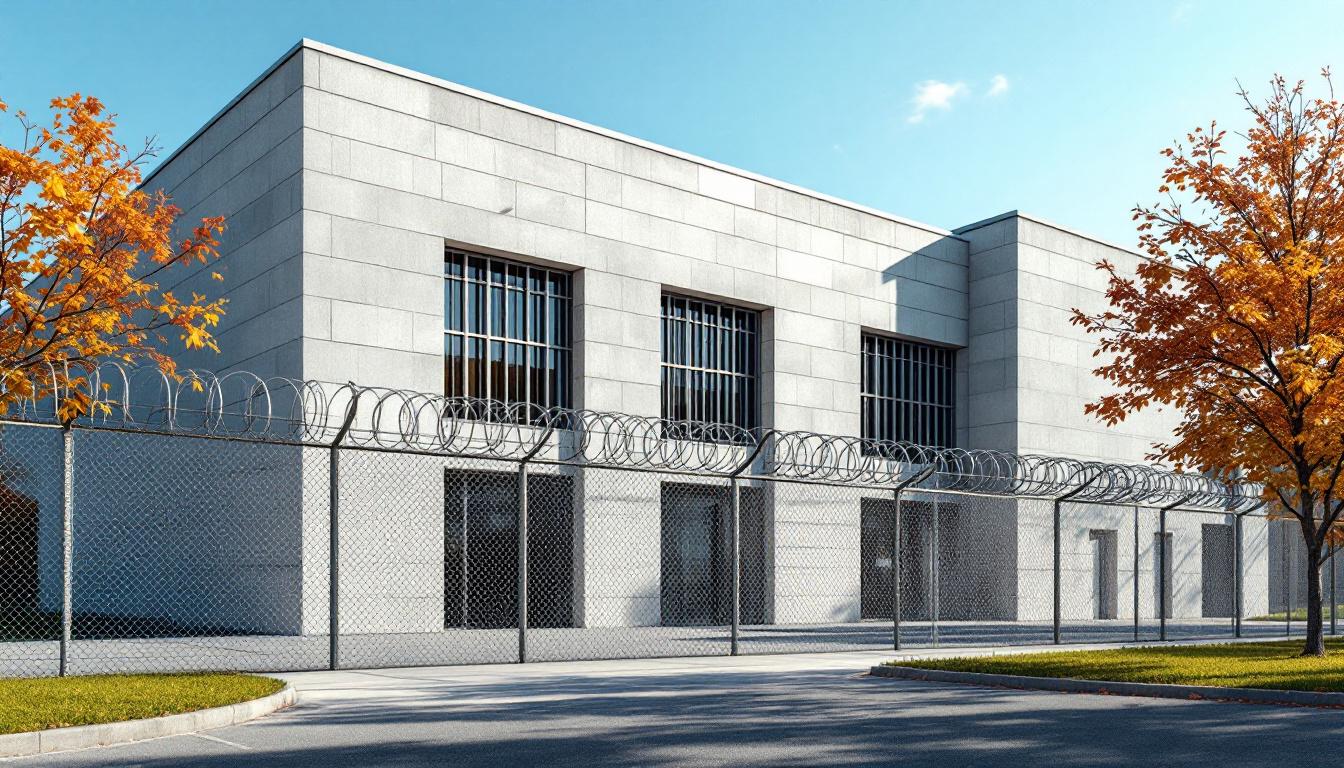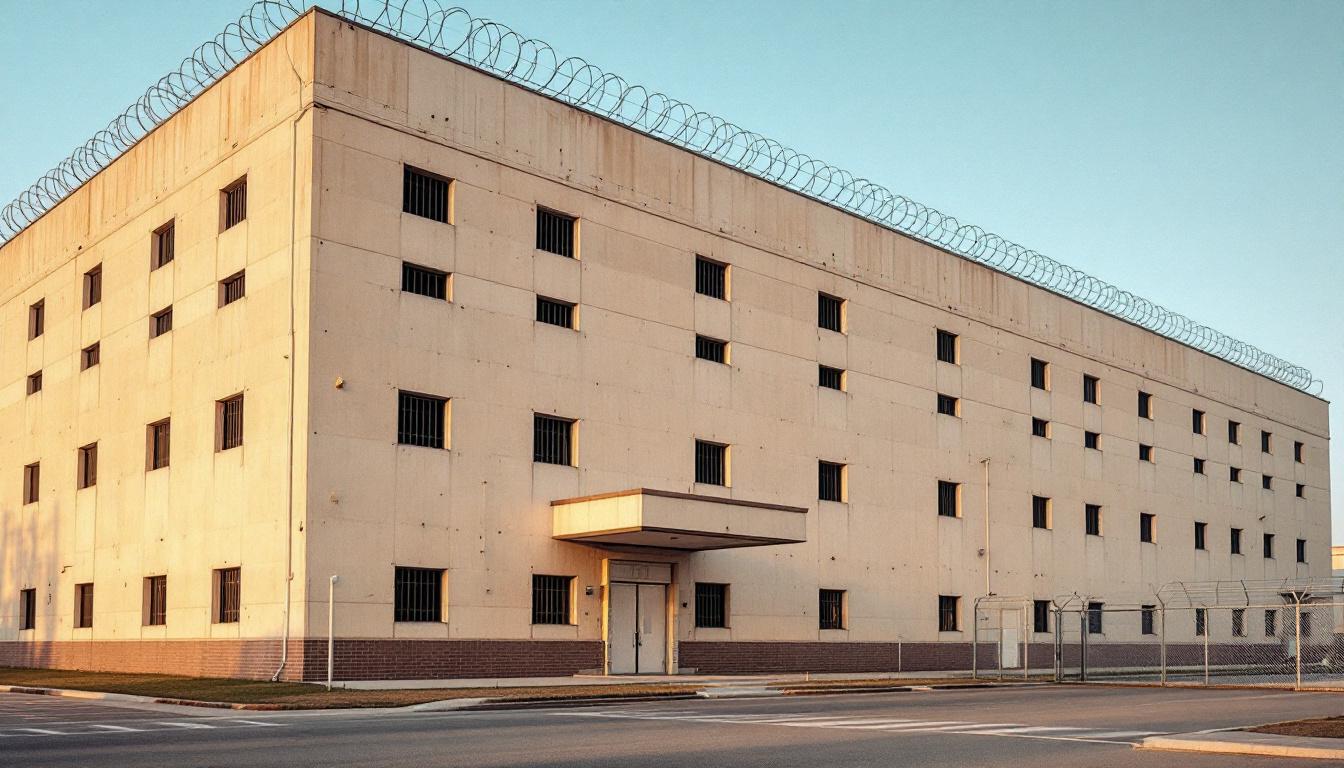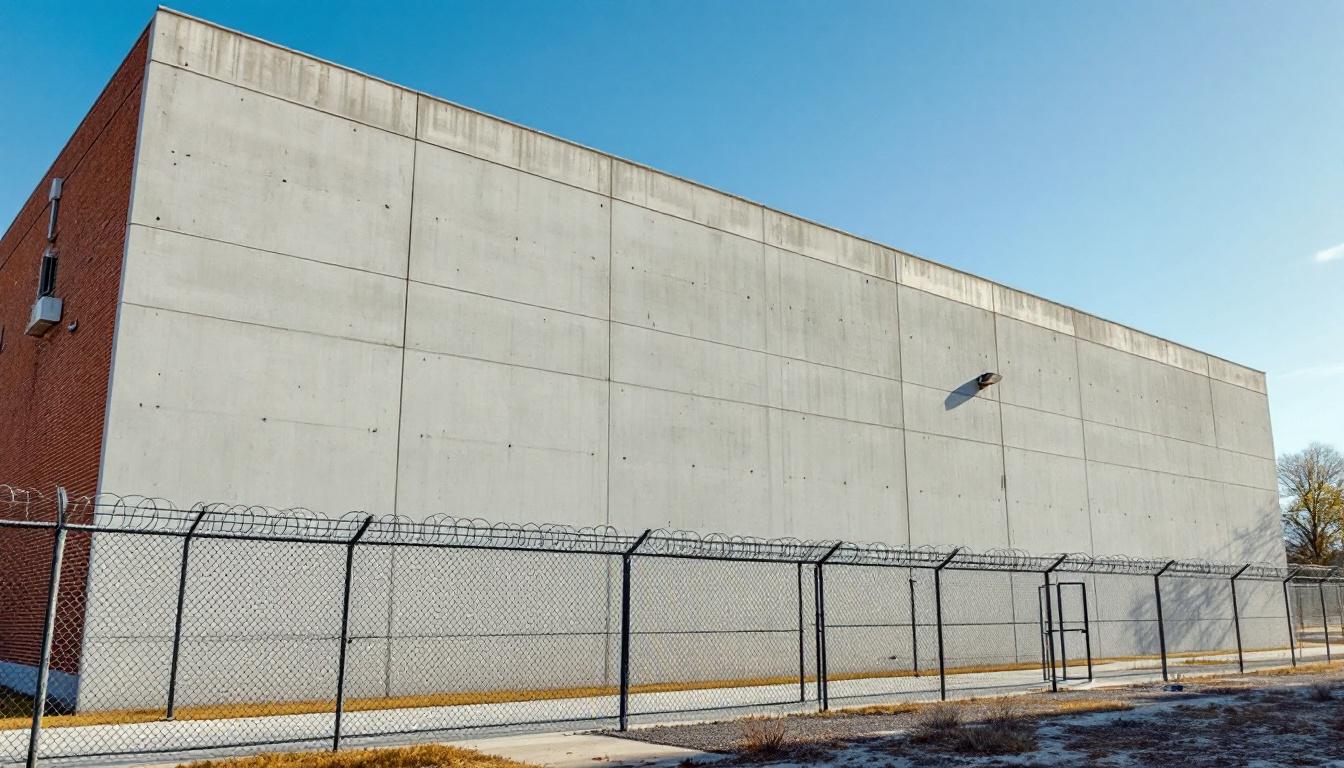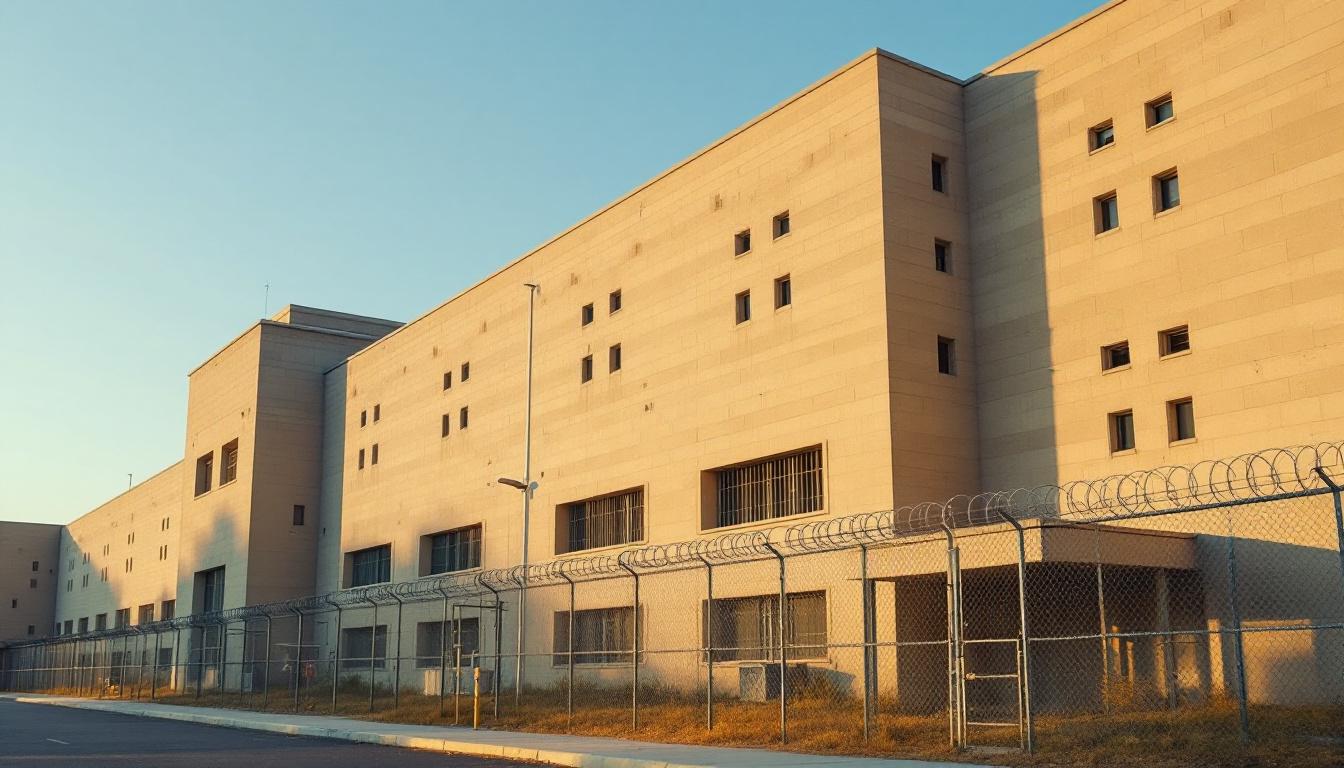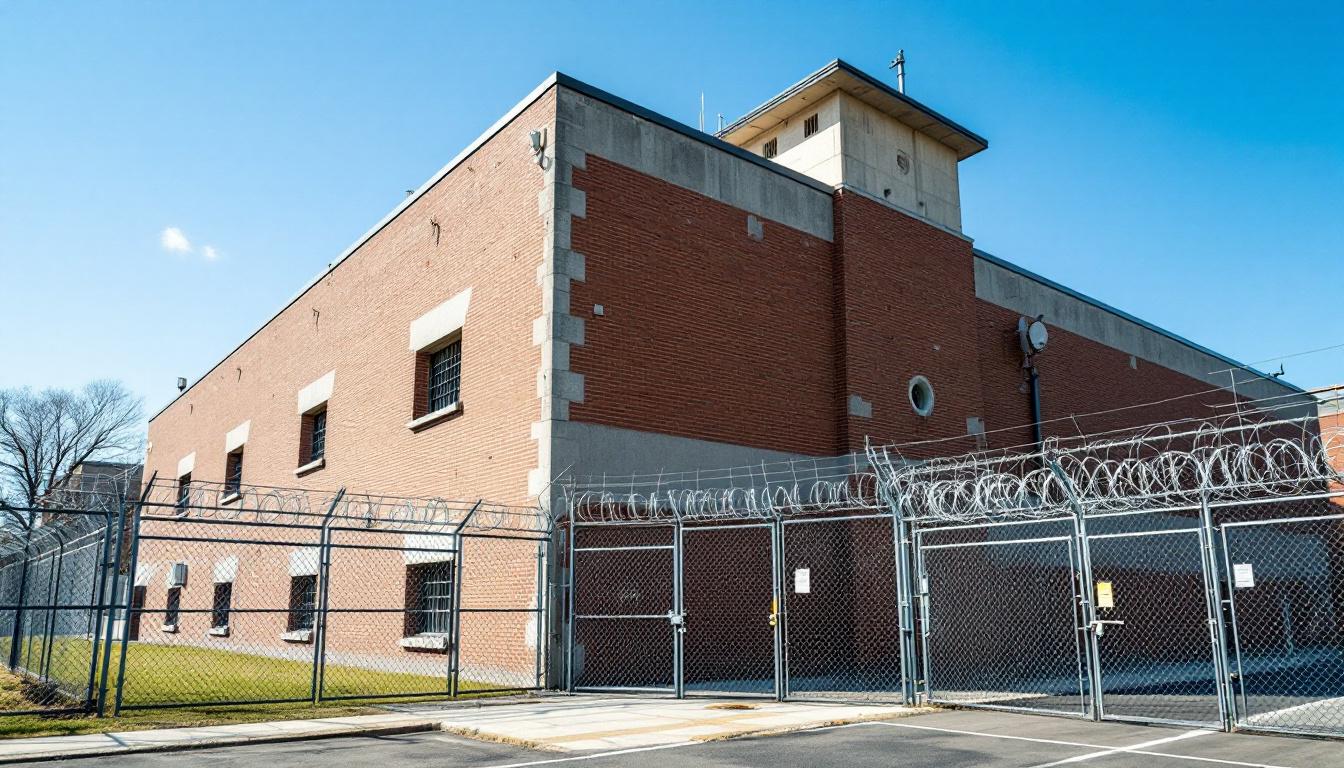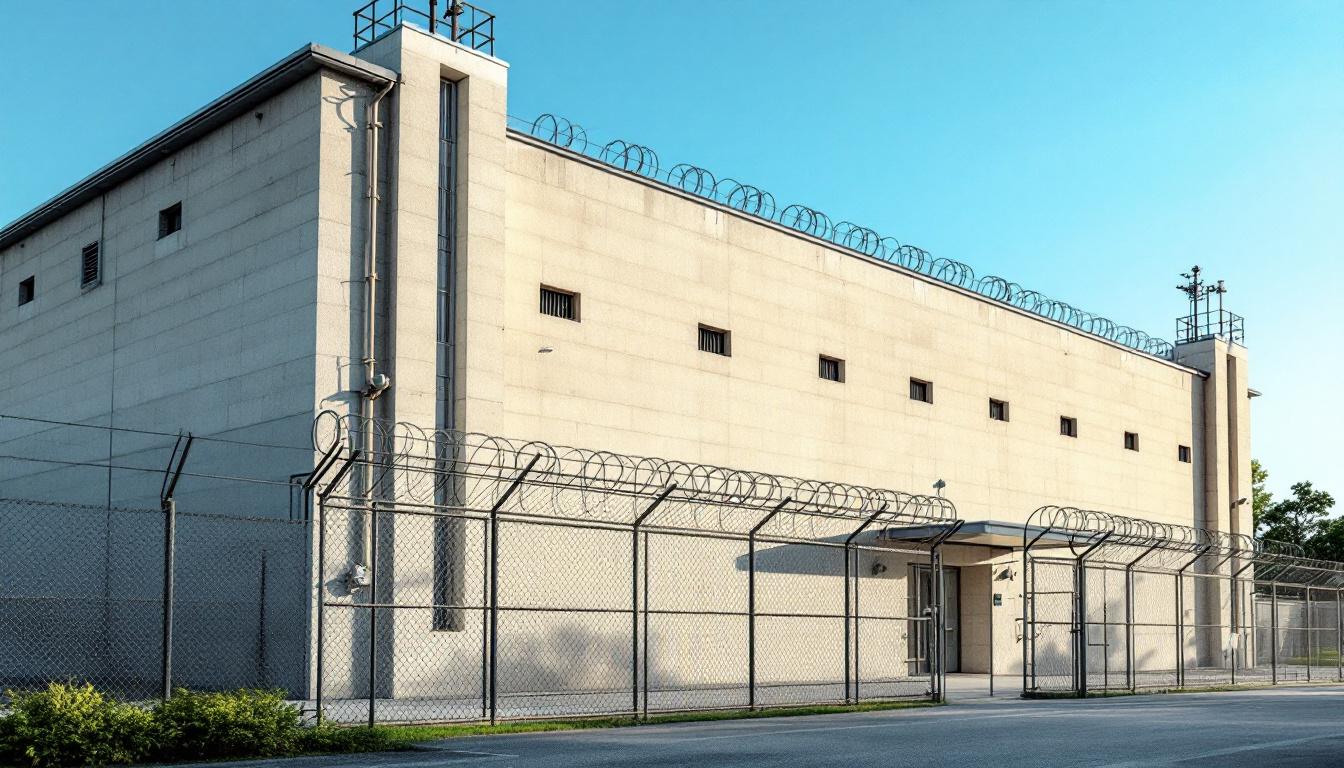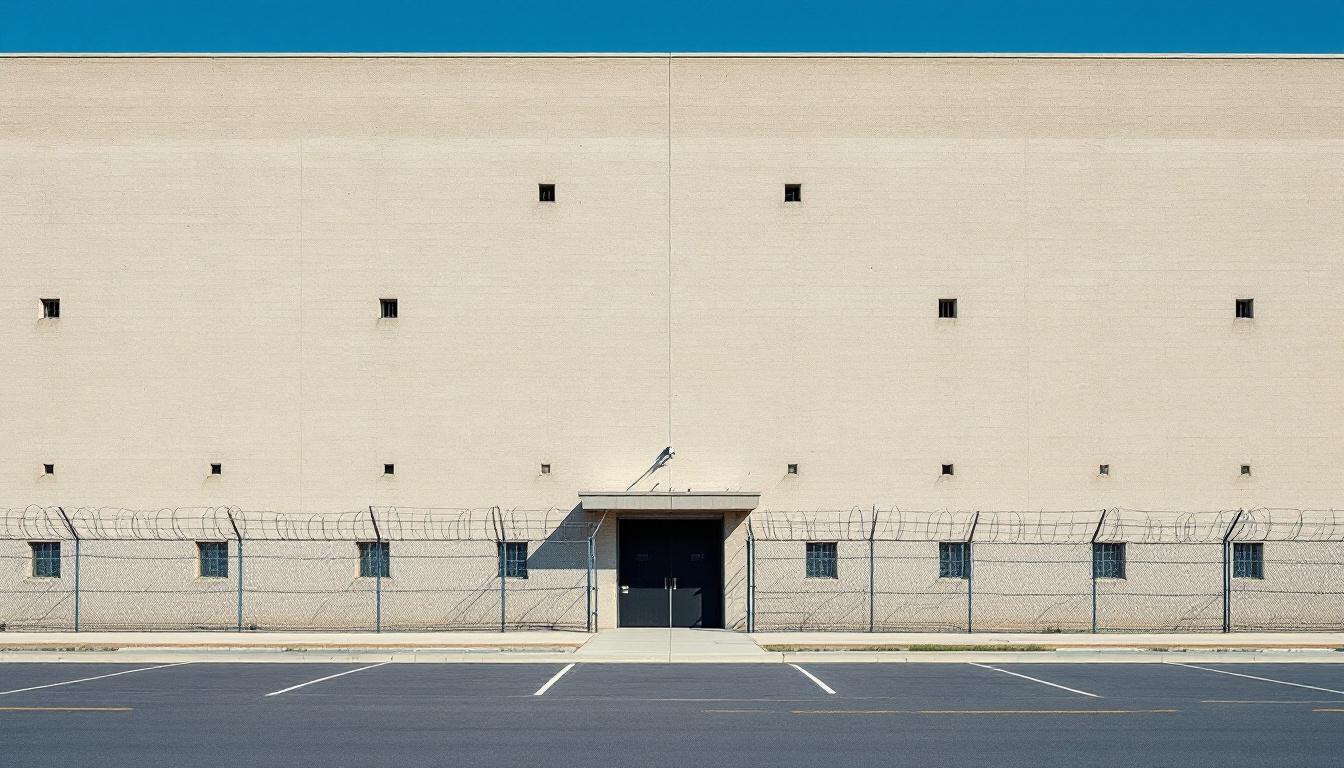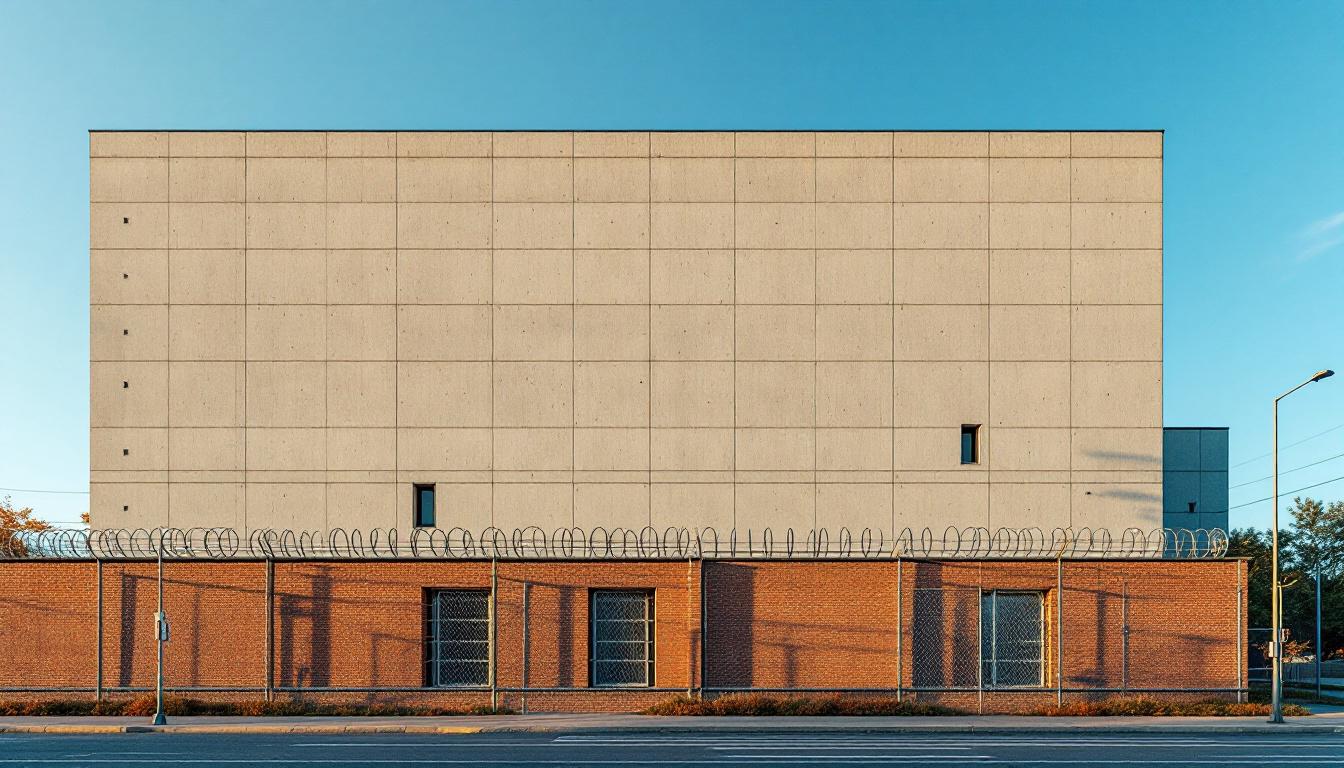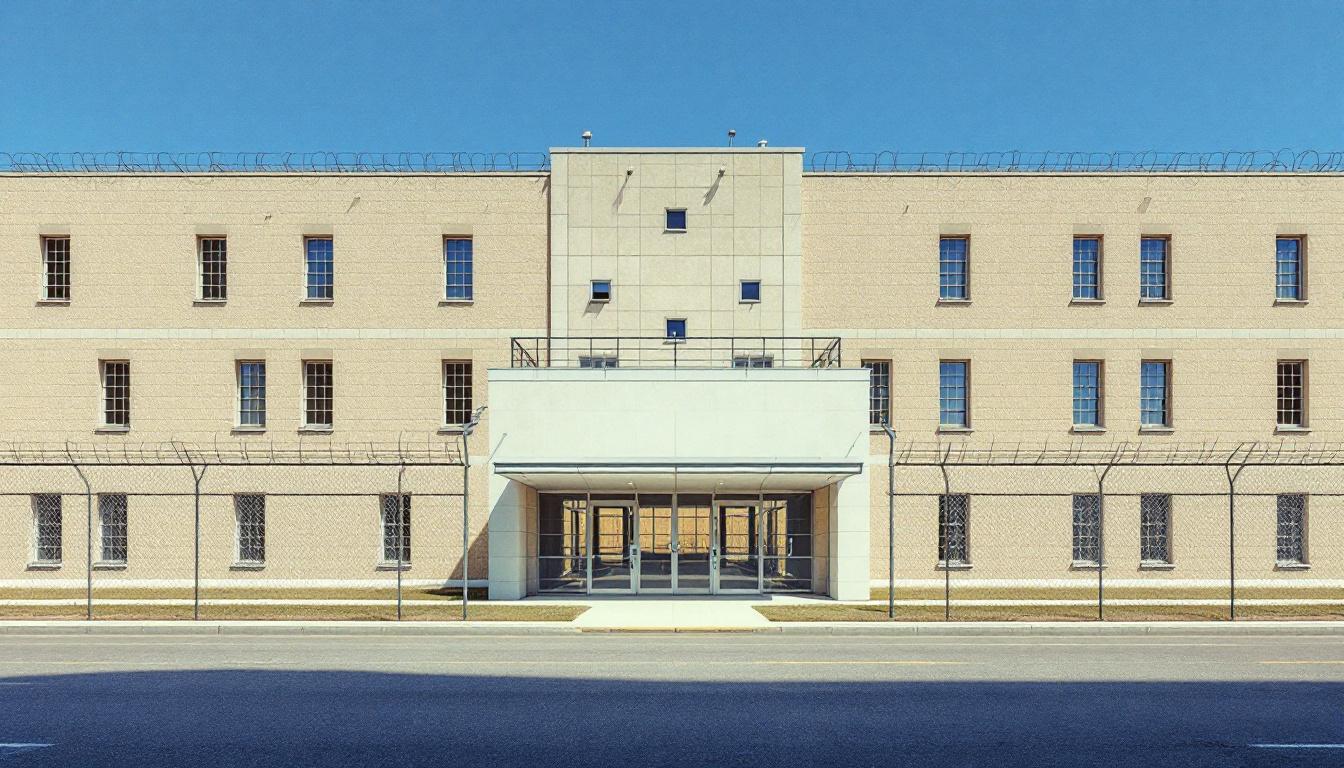
Quick Navigation
How to contact an inmate at Bridges International - Bradenton
This comprehensive guide will walk you through how to connect with an inmate at Bridges International - Bradenton. Follow the steps below to find an inmate and send letters and photos:
- Search for the inmate using our search tool below
- Create your account or log in to Penmate
- Write your message (up to 6,000 characters)
- Send instantly - inmates receive printed copies daily
Find an Inmate
Search for an inmate to start communicating today
Tip: You can search by first name, last name, or inmate ID number
To contact a person at Bridges International - Bradenton start by searching for the person on the facility website. Perform a search by following these steps:
- Step 1: Enter their first name and last name into the search form and click "Search"
- Step 2: Locate their inmate record
- Step 3: Write down their Inmate ID and any housing information provided
Important! Be sure to enter the person's full name. Nicknames should not be used.
How to Send Messages to Inmates

You can use your phone or computer to send emails, letters, and photos to an inmate. Messages are sent electronically to inmate tablets or kiosks at the facility. If you would like to send a message, start by searching for an inmate at Bridges International - Bradenton.
Sending Photos and Postcards

A great way to send love and support to a loved one at Bridges International - Bradenton is to send photos and postcards. It only takes a few minutes to send photos from your phone and it makes a huge difference. You can also mail postcards with words of support and inspiration, or design your own postcard for special moments like birthdays and holidays.
Important! Be sure not to send any explicit photos or they may not be approved by the facility. You can also use a photo printing app like Penmate to make sure your photos are printed at the correct size (4x6 or 3x5) and are mailed according to the rules and regulations of Bridges International - Bradenton.
Frequently asked questions about Bridges International - Bradenton
-
How long does it take to deliver a message?
If you're sending an email message your letter is usually delivered within 24-48 hours. For messages sent via mail you should expect delivery within 3-7 days. All messages will need be approved by Bridges International - Bradenton.
-
How much does it cost to send a message to Bridges International - Bradenton?
You can send a message free using your phone or mail a message via USPS for the price of a $0.60 stamp and envelope. You can also purchase credits or e-stamps from services starting at $1.99.
-
What services can I use to contact an inmate at Bridges International - Bradenton?
Penmate
You can use Penmate to send letters and photos to an inmate from your phone. It's an easy way to stay in touch during your loved one's incarceration. Use the inmate locator to find an inmate's location and contact information, then you can send messages within a few minutes.
Securus messaging
Securus may be another option for communicating with an inmate at Bridges International - Bradenton. You can create a friends and family account and purchase credits to send messages. All messages will be reviewed and must be approved by the facility.
JPay
Some county jails and state prisons may support sending messages with JPay. You must register an account with the system, find your loved one, and purchase stamps to send messages. For some locations you can also attach photos.
Smart Jail Mail
You may also check if Smart Jail Mail is available at Bridges International - Bradenton. Smart Jail Mail is operated by Smart Communications and has contracted with some state and county jails. After purchasing credits, your messages and photos are sent to the facility, printed out, and then handed out to your loved one.
-
What is the mailing address of Bridges International - Bradenton?
Mailing address:
Bridges International - Bradenton
2104 63rd Ave E
Bradenton, FL 34203
Phone: (941) 932-9030 -
What are the visiting hours at Bridges International - Bradenton?
Visiting hours at Bridges International - Bradenton vary by housing unit and security level. Generally, visits are scheduled on weekends and holidays, with some facilities offering weekday visits. Contact the facility directly at (941) 932-9030 or check their website for the current visiting schedule. Visits typically last 30-60 minutes and must be scheduled in advance.
-
What items are prohibited when sending mail to Bridges International - Bradenton?
Prohibited items typically include: cash, personal checks, stamps, stickers, glitter, glue, tape, staples, paperclips, polaroid photos, musical or blank greeting cards, hardcover books, magazines with staples, and any items containing metal or electronics. Only send letters on plain white paper with blue or black ink. Photos must be printed on regular photo paper (no Polaroids). Always check with Bridges International - Bradenton for their specific mail policies.
-
How do I send money to an inmate at Bridges International - Bradenton?
You can send money to an inmate at Bridges International - Bradenton through several methods: 1) Online using JPay, Access Corrections, or the facility's approved vendor, 2) Money orders mailed directly to the facility with the inmate's name and ID number, 3) Kiosks located in the facility lobby, or 4) Over the phone using a credit or debit card. Fees vary by method, typically ranging from $2.95 to $11.95 per transaction.
-
Can I schedule a video visit with an inmate at Bridges International - Bradenton?
Many facilities now offer video visitation as an alternative to in-person visits. At Bridges International - Bradenton, video visits may be available through services like Penmate, Securus Video Connect, GTL, or ICSolutions. Video visits typically cost $10-20 for 20-30 minutes and must be scheduled in advance. You'll need a computer or smartphone with a camera and reliable internet connection. Contact the facility for their specific video visitation policies and approved vendors.
-
What identification do I need to visit an inmate at Bridges International - Bradenton?
All visitors must present valid government-issued photo identification such as a driver's license, state ID, passport, or military ID. Minors must be accompanied by a parent or legal guardian who can provide the minor's birth certificate. Some facilities require visitors to be on the inmate's approved visitation list, which may require a background check. Contact Bridges International - Bradenton for specific ID requirements and visitor approval procedures.
-
How can I find out an inmate's release date?
To find an inmate's release date at Bridges International - Bradenton, you can: 1) Use the online inmate search tool if available, 2) Call the facility's records department, 3) Contact the inmate's case manager or counselor, or 4) Have the inmate provide this information during a call or visit. For privacy reasons, some facilities only release this information to immediate family members.
Facility Overview
Contact Information
Bridges International - Bradenton2104 63rd Ave E
Bradenton, FL 34203
Phone: (941) 932-9030
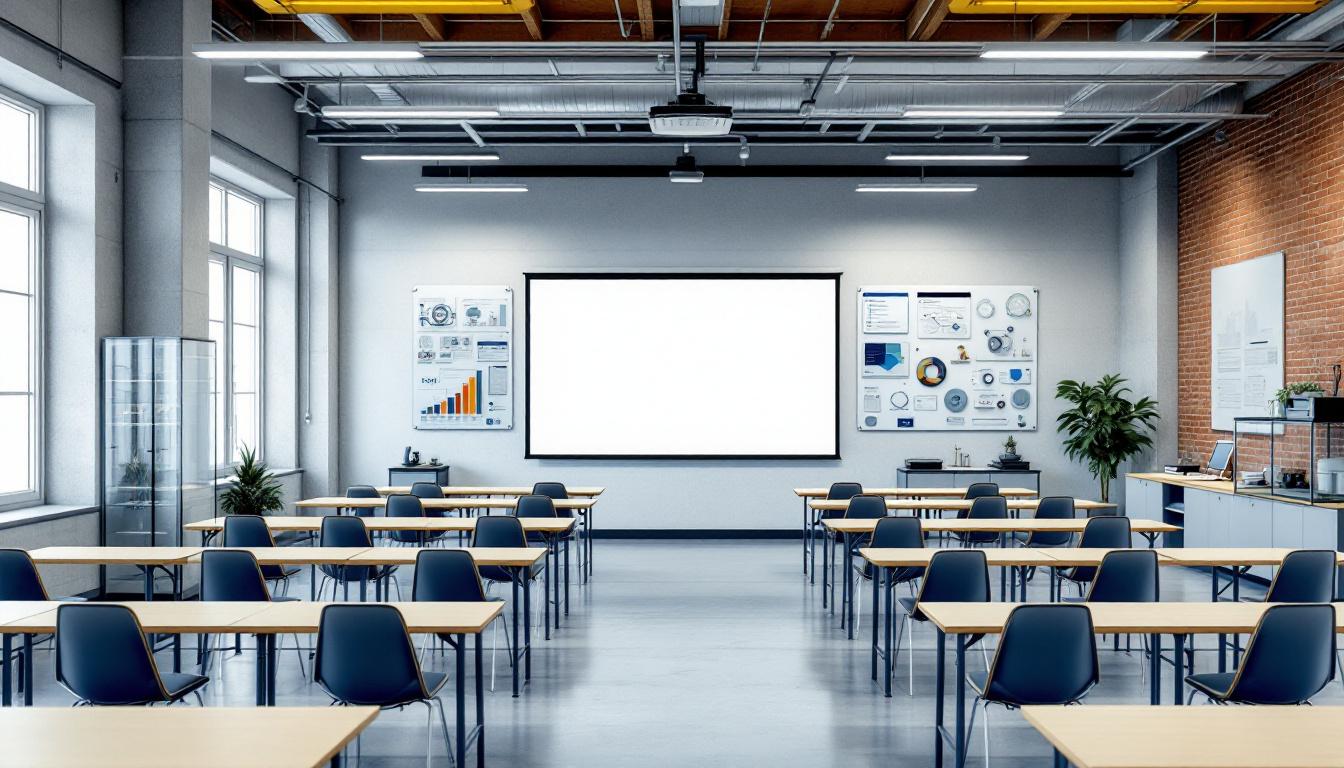
About Bridges International - Bradenton
Comprehensive support services and structured programming form the foundation of operations at Bradenton Bridge Re-entry, FL, where evidence-based approaches guide the journey toward successful community reintegration. Located within Florida's Gulf Coast region, this FL correctional facility emphasizes measurable outcomes through educational advancement, vocational skill development, and therapeutic interventions designed to address the underlying factors that contribute to criminal behavior. The facility's systematic approach typically includes cognitive-behavioral programs, substance abuse treatment, and life skills training that prepare individuals for meaningful participation in their communities upon release.
Within Florida's broader correctional framework, Bradenton Bridge Re-entry serves as a transitional hub where individuals services focus on building bridges between incarceration and community life. The facility's commitment to security and rehabilitation creates an environment where structured daily routines support personal growth while maintaining institutional safety standards. Programming often encompasses educational opportunities ranging from basic literacy to vocational certifications, alongside counseling services that address mental health needs and family relationship restoration.
The Bradenton community benefits from this correctional facility's emphasis on reducing recidivism through comprehensive preparation for reentry success. Staff members generally work to connect participants with local resources, employment networks, and support systems that extend beyond the facility's walls. This community-centered approach recognizes that lasting change requires collaboration between institutional programming and the broader social infrastructure that welcomes individuals back into productive citizenship throughout the greater Bradenton area and beyond.
Programs & Services
A diverse array of opportunities at Bradenton Bridge Re-entry reflects the facility's commitment to addressing the multifaceted needs of individuals preparing for community reintegration. The comprehensive approach recognizes that successful transition requires more than basic programming. Each opportunity typically builds upon others to create a foundation for sustainable community living.
Educational opportunities often form the cornerstone of individual development at the facility. Individuals may participate in basic literacy programs, GED preparation, and various vocational training initiatives designed to build marketable skills. Distance learning opportunities frequently allow participants to pursue higher education goals while maintaining their commitment to the facility's structured environment. These educational pathways typically provide individuals with credentials and knowledge essential for employment upon release.
Moreover, therapeutic and support services complement the educational foundation through specialized programming. Substance abuse treatment opportunities often address underlying issues that may have contributed to incarceration, while restorative justice initiatives help individuals understand the impact of their actions on victims and communities. Work release programs typically provide practical experience in real-world employment settings, allowing participants to earn income while developing professional skills. These comprehensive support services often work together to address the complex challenges individuals face during the reintegration process.
Daily Life & Visitation
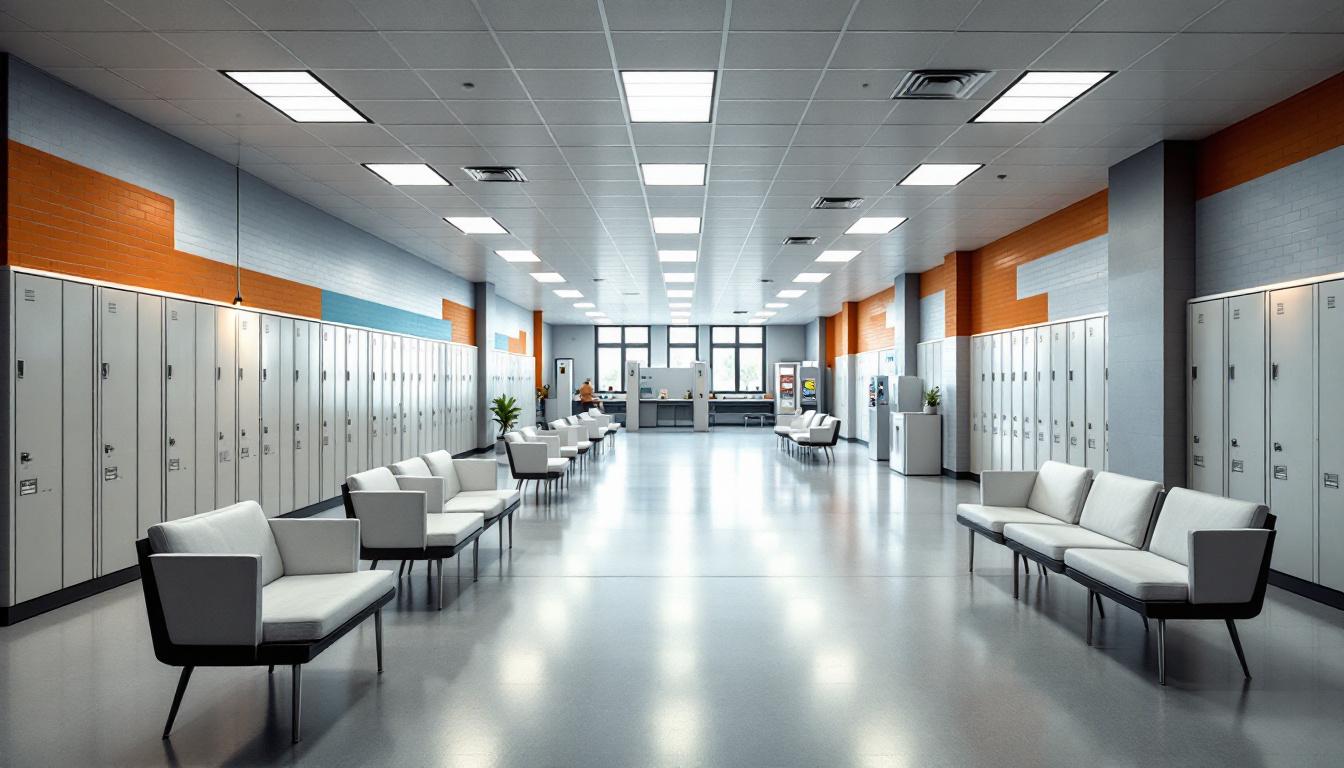
The sound of morning announcements typically marks the beginning of structured days that blend accountability with preparation for community return. Today's routine generally begins with wake-up calls, followed by facility counts and meal service in designated dining areas. Individuals consistently move through scheduled programming blocks that may include educational classes, vocational training, or counseling sessions designed to support successful reintegration.
Living accommodations at the facility typically feature dormitory-style housing units where individuals share common areas while maintaining personal space for belongings. Meals are generally served at scheduled times in communal dining facilities, with menu options that aim to provide balanced nutrition. Moreover, recreational opportunities often include access to outdoor exercise areas, television rooms, and library services that offer both entertainment and educational resources during designated free time periods.
Structured programming schedules usually encompass work assignments within the facility, which may include kitchen duties, maintenance tasks, or clerical responsibilities that provide valuable job skills. Whereas daily routines maintain consistent structure, visitation policies typically allow regular contact with family members and approved visitors during specified hours. Communication options generally include monitored phone calls and correspondence, helping individuals maintain important relationships while participating in programs focused on employment readiness, life skills development, and community transition planning.
Ready to Connect?
Start communicating with your loved one today
Search for an Inmate
